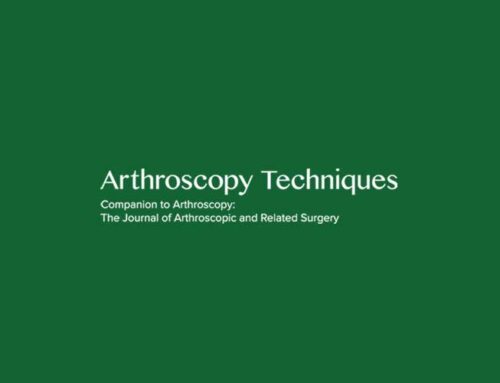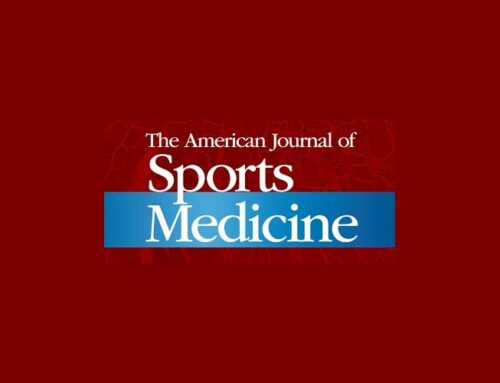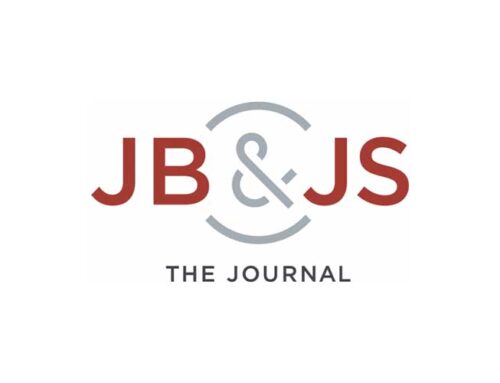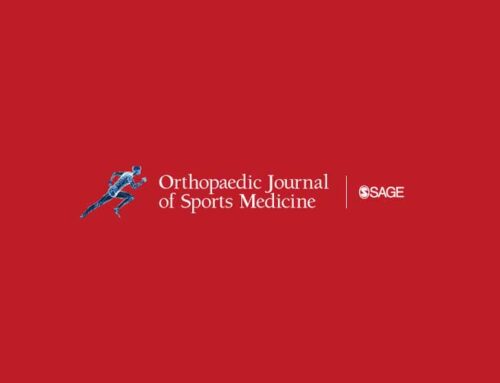PURPOSE:
To examine the preoperative performance of the Patient-Reported Outcomes Measurement Information System (PROMIS) Upper Extremity (UE) Computer Adaptive Test (CAT) with respect to legacy scores in patients receiving rotator cuff repair (RCR). In addition, to define the impact of Workers’ Compensation (WC) status on both performance and floor and ceiling effects.
METHODS:
The PROMIS UE CAT was administered preoperatively alongside legacy patient-reported outcome measures (PROMs) to patients undergoing isolated arthroscopic RCR from November 2017 to September 2018. Performance was assessed using Spearman correlation coefficients, and floor and ceiling effects were examined.
RESULTS:
One hundred twenty-two patients (WC, n = 32; non-WC, n = 90; 62.3% male, 53.6 ± 11.5 years) were included. PROMs assessing physical function (r = 0.41-0.77) correlated more strongly to the PROMIS UE CAT than did multidomain or mental health PROMs (r = 0.25-0.61). In WC patients, the PROMIS UE CAT demonstrated diminished correlative strength relative to shoulder function PROMs. WC patients also demonstrated relative floor effects for Single Assessment Numerical Evaluation (SANE; 18.8%) and Constant-Murley (15.6%) and relative ceiling effects for the Brief Resilience Scale (53.1%), Short Form 12 Mental Component Score (50%), and Veterans Rand 12 Mental Component Score (53.1%) and were more likely to report the minimum SANE score (P < .01) and the maximum Brief Resilience Scale score (P < .01). No absolute or relative floor/ceiling effects for the PROMIS UE CAT were found.
CONCLUSIONS:
Compared with a non-WC cohort, WC patients have significantly lower preoperative PROMIS UE CAT scores, are more likely to report the absolute minimum and maximum scores for various PROMs, and demonstrated relative floor and ceiling effects for PROMs assessing mental health. The absence of significant floor/ceiling effects for the PROMIS UE CAT may suggest improved outcome discrimination and may support the adoption of PROMIS UE for the assessment of functional status in WC patients with rotator cuff pathology.
LEVEL OF EVIDENCE:
Level III, retrospective comparative trial.









